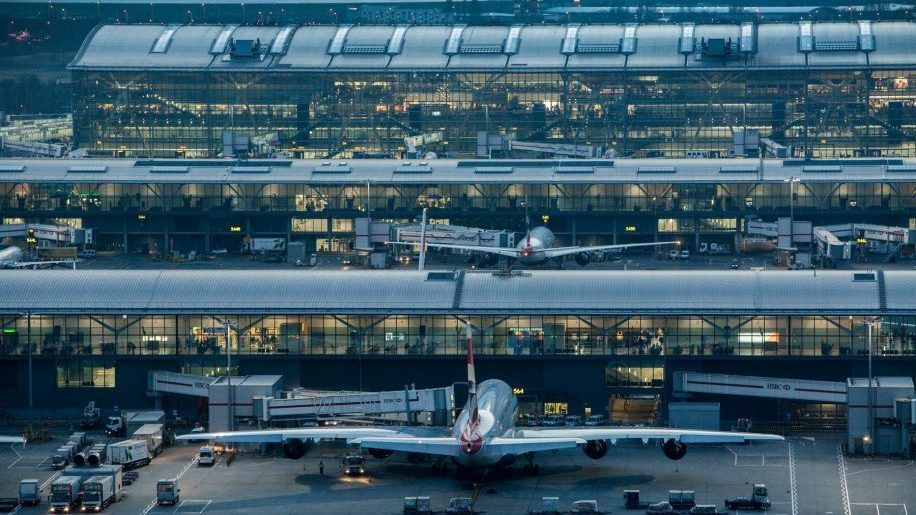ACI EUROPE has published its latest traffic data, showing that European airports handled a total of 2.3 billion passengers last year.
The figures mean the continent's air passenger traffic reached 94.6 percent of pre-pandemic levels in 2023, driven by a 21 percent increase in international passenger traffic compared to 2022.
As previously reported, London Heathrow welcomed 79.2 million passengers last year, regaining its place as Europe's busiest airport, with Istanbul Airport in second place with 76 million, followed by Paris CDG (67.4 million ), Amsterdam Schiphol (61.9 million) and Madrid (60.2 million). ).
Heathrow passenger traffic reaches 79 million in 2023
Together, these airports added 58 million passengers compared to 2022, but remained 6.5 percent below their pre-Covid levels, “mainly due to the relative weakness of the Asian market, the slow return of travel and the strict capacity control of its central operators. ”.
This contrasts with the region's smaller and regional airports, which “completed their recovery in 2023,” recording combined passenger traffic figures of 17.6 percent higher than in 2022, and 3 percent higher than normal levels. prior to the pandemic.
ACI EUROPE forecasts a 7.2 per cent increase in passenger traffic this year compared to 2023, which would result in 2024 figures being 1.4 per cent higher than pre-Covid volumes.
Last month, IATA released its latest global air traffic data, showing that global air traffic reached 99 percent of pre-pandemic levels in November.
Global air traffic reached 99 percent of pre-pandemic levels in November
Olivier Jankovec, Director General of ACI EUROPE, commented on the news:
“2023 has also been a year of recovery at multiple speeds and great divergences for European airports in terms of passenger traffic. While many surpassed their previous annual record in passenger volume, 57 percent still remained below their pre-pandemic volumes.
“Geopolitical conflicts have contributed significantly to this multi-speed recovery, predominantly affecting airports in Ukraine, Israel, Finland and other Eastern European countries.
“But Covid-19-induced structural changes in the aviation market are also having a significant impact. These structural changes include the prominence of leisure and VFR3 demand, as well as the emergence of 'bleisure' demand, along with the selective expansion of ultra-low-cost airlines and full-service carriers reducing their hubs and driving consolidation.
“While these developments have generally benefited airports in markets that rely on domestic tourism, there is no doubt that they have also resulted in increased competitive pressures for airports across the board.
“Looking ahead to 2024, we are likely to see these performance gaps between airports narrow, but not close. There is no doubt that geopolitical tensions are part of our new reality, as are structural changes in the aviation market.
“The big questions will be related to supply pressures and the resilience of leisure demand; It is unlikely that the latter will continue to challenge macroeconomics, but is increasingly linked to it. We must also closely monitor operational issues, especially border control with the planned start of the Schengen Entry and Exit System next autumn, for which many outstanding issues still need to be resolved.”
aci-europe.org












